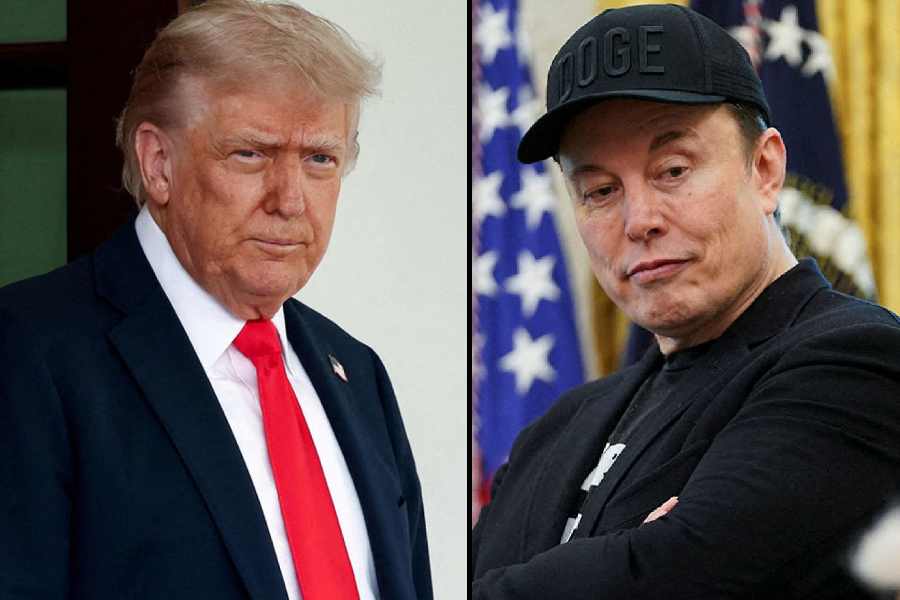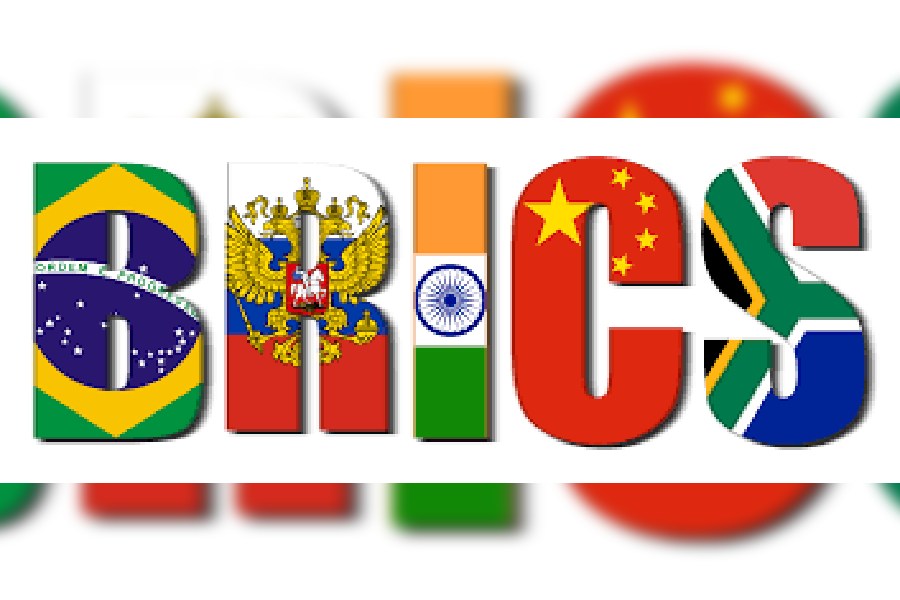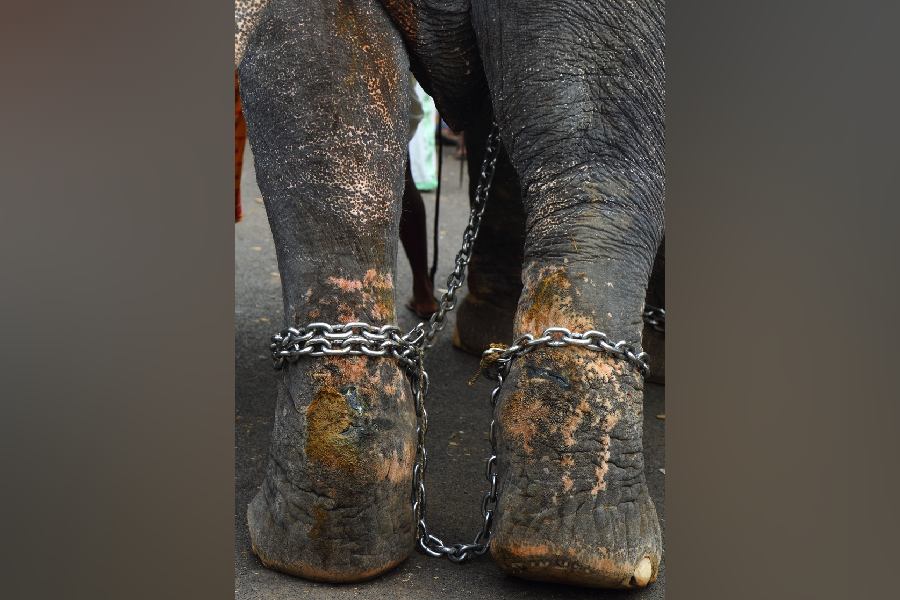 |
India’s economic performance in the last decade has been impressive. But we can clearly see from the recent sharp deceleration of the growth rate that it is a far cry from the “India Shining” slogan of the government that was led by the Bharatiya Janata Party, or the long-term 8+ per cent growth trajectory championed by the United Progressive Alliance government. Is the new Hindu rate of growth 8+ per cent? The simple calculations do not indicate that. India has achieved a continuous 8+ per cent growth rate only during 2003-2007, as against China maintaining a much higher growth rate continuously from 1991 onwards, except for a slight dip in 1998 and 1999. Hence, there is no historical track record to support a sustained 8+ per cent growth trajectory. The total absence of economic reforms during the UPA regime, compounded by the global economic slowdown, could very well even put us in the range of 5 to 6 per cent growth rate for years to come. Assurances from key political figures on the economy rebounding to over 8 per cent have no factual basis at a time when mathematical modeling and forecasting tools have long been abandoned by the government of India.
India’s performance until 2008 made many believe that India was fast becoming a developed country. They forgot that India’s recent per capita income is just $3,240 even in terms of purchasing power parity (it is $1,340 in exchange rate terms), compared to $13,186 in Malaysia and $47,020 in the United States of America. Also, in spite of some success in poverty eradication, India has over 69 per cent of people living below $2 a day. Other key social indicators also confirm that inclusive growth is elusive. India provides proper toilet and sanitation to just a fifth of its rural population. More than a fifth of its population remains undernourished. Adult literacy is a mere 63 per cent. Growth has had less impact on females, tribal populations and religious minorities. There are clearly two sides of the Indian economic miracle.
The purpose of this piece is not to belittle India’s progress, nor to be critical of the policies that have been followed. Overall, the success in breaking the logjam of 3 per cent growth and averaging over 7 per cent in the last decade has been the lagged result of sound economic policies carried out under the Narasimha Rao and Vajpayee governments. The UPA government should use its remaining years to undertake the much- delayed economic reforms, and initiate a public debate on the economic security of India to gain consensus on the urgency of reforms.
Major economic powers regularly monitor their economic security. It is high time India begins to do so. In today’s globalized world, economic security is best defined by the State’s ability to meet, on a sustained basis, the material aspirations of its citizens. This depends to a considerable extent on the State’s institutional capacity to cushion its people from domestic and global threats. Seen thus, the country’s economic security is related to every aspect of production, distribution and consumption of goods and services. Thus, the agenda for economic security include almost every aspect of government and business policy. But in order to determine how secure the Indian economy is, I had narrowed the definition to three concepts, in a 2007 paper prepared for the Confederation of Indian Industry’s Council on Economic Security: resources security, institutional security and strategic security.
Resources security encompasses two broad areas of natural resource security that includes efficient and sustainable access to water, energy and other natural resources; and human resource security that requires a workforce with adequate skills to ensure global competitiveness. India does not measure up too well on these counts. In spite of a large endowment of arable land (the second largest cultivable land area in the world after the US), it has low agricultural productivity in comparison with the developed and other large emerging economies. The underlying reasons are poor rural infrastructure and agriculture logistics, neglect of the food-processing sector and policy inadequacies in the organized retail sector that make it difficult to optimize supply chains for agriculture products. Agriculture has remained a neglected sector in India. India has the lowest renewable water resources among major global economies. Industrial and urban demand for water is fortunately low by international norms, but demand might increase hugely, “crowding out” water for agriculture.
Separately, India needs to prepare a plan for sustainable energy security, given its heavy dependence on imported oil and gas. India also loses about a quarter of the electricity it generates to transmission and distribution losses.
India can compete with other developing countries in labour-intensive sectors and with economies of the countries in the Organization for Economic Cooperation and Development in knowledge-intensive sectors. But larger social investment is essential to sustain this edge. About 340 million Indians below 15 years of age will require education, health and nutrition. But India is clearly lagging behind the rest of the world in human capital investments. This could have an adverse impact on overall competitiveness.
It has often been politically expedient for India’s political and bureaucratic leadership to simply increase spending on social sectors including subsidies and employment plans for the economically depressed as a response to India’s significant quality-of-life challenge. However, despite a large number of such well-meaning plans for social-sector improvement being undertaken, rural development, sustained employment or substantive development in social dimension have not taken place.
The policy leadership in India has to realize that throwing more money is not the solution to the problem, especially since it has been well-documented that a large part of the spending by government does not reach the intended beneficiaries. Institutional inefficiencies, corruption, lack of accountability and the general lack of awareness of citizenship rights of the common people of India all combine to create an extremely poor government services delivery system in India.
Institutional security refers to governance. It is not enough to have resources and invest them. A key aspect of national competitiveness is the institutional environment that informs the process of utilization of such resources. If the institutional environment is one that leads to efficiency in utilization (that is production, distribution and investment), economic security is enhanced. If the institutional environment leads to inefficiency, economic security is reduced. An economy with high transaction costs is neither efficient nor competitive. This may not just be a production issue, but a distributional issue as well. India’s record of policy interventions in poverty reduction and social development is unimpressive. Doing business in India is still not smooth. India fares poorly on simple indicators such as cargo dwell time, days to enforce a contract or register a property, and power and transport costs.
Strategic security relates to economic diplomacy, police, intelligence and military aspects of economic security. India scores well on economic diplomacy, the Indo-US nuclear deal being a shining example. It encompasses energy security and a strategic partnership with the US that could change the global dynamics of the 21st century. India also needs to maintain its defence expenditure to safeguard its citizens from internal and external threats. Sustained high growth is enough to generate the funds needed to meet geostrategic objectives.
It is unfortunate that we do not have a vibrant economic security debate in India right now. The country needs an aggregate index of economic security that includes the issues highlighted here under resources security, institutional security and strategic security. A broad based economic security council should be created with representatives of Central and state governments, industry, academia, and the media to monitor the progress of this index. A nation of more than one billion people cannot afford to let its guard down on economic security. On August 15, it was most heartening to hear the prime minister emphasize that growth is essential for national security. Perhaps we can rely on him now to jump-start the public debate on economic security.










